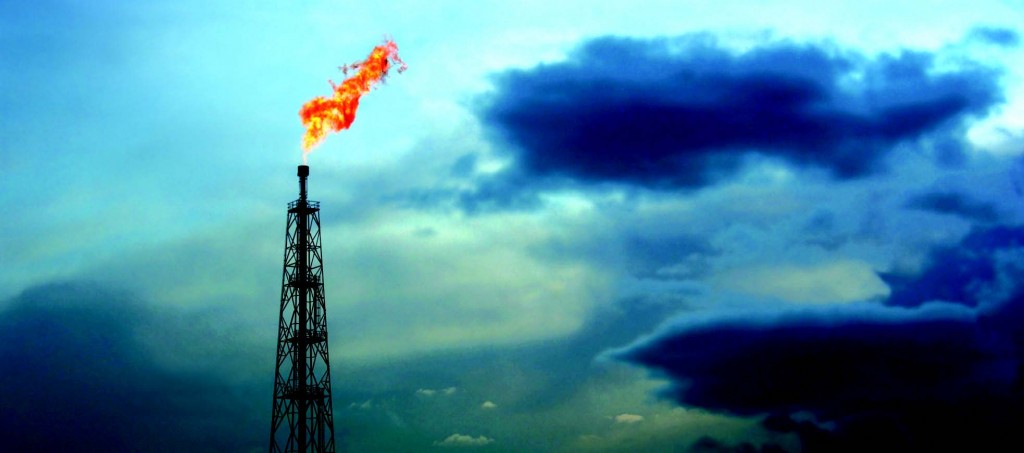
Part 1: Accurately Measuring Flare Gas -- Challenges, Solutions, and Opportunities

 If your company is involved with hydraulic fracturing to increase oil and gas production, you're familiar with the fact that state and national regulations are becoming increasingly stringent. In particular, flare gas now requires the installation of mass flow measurement instruments to measure waste and excess gases burned off as a result of the hydraulic fracturing process. For gas wells alone, the EPA estimates that the cost of compliance will rise to $754 million per year by 2015.
Given the immense number of flares that are to be regulated, you need to find more cost-effective mass flow measurement technologies. Multi-path ultrasonic flow meters have been widely used for flare gas measurement, but they are extremely expensive and have marked limitations. To comply with regulations, oil and gas companies need new flow meter alternatives that are accurate, durable, reliable and economical.
Complicating the matter is the fact that each well has its own unique and constantly changing characteristics that include depth, temperature, pressure, flow rate, soot content and changing gas composition. This makes accurate flare gas measurement very challenging. So to comply with stringent state and federal regulations, engineers at oil and gas companies must assess which flow measurement technology yields the highest accuracy with the lowest installation and cost-of-ownership over the lifetime of the well.
This in turn makes the choice of flow measurement technology for flare gas measurement a critical one as the equipment needs to perform under the following application challenges:
If your company is involved with hydraulic fracturing to increase oil and gas production, you're familiar with the fact that state and national regulations are becoming increasingly stringent. In particular, flare gas now requires the installation of mass flow measurement instruments to measure waste and excess gases burned off as a result of the hydraulic fracturing process. For gas wells alone, the EPA estimates that the cost of compliance will rise to $754 million per year by 2015.
Given the immense number of flares that are to be regulated, you need to find more cost-effective mass flow measurement technologies. Multi-path ultrasonic flow meters have been widely used for flare gas measurement, but they are extremely expensive and have marked limitations. To comply with regulations, oil and gas companies need new flow meter alternatives that are accurate, durable, reliable and economical.
Complicating the matter is the fact that each well has its own unique and constantly changing characteristics that include depth, temperature, pressure, flow rate, soot content and changing gas composition. This makes accurate flare gas measurement very challenging. So to comply with stringent state and federal regulations, engineers at oil and gas companies must assess which flow measurement technology yields the highest accuracy with the lowest installation and cost-of-ownership over the lifetime of the well.
This in turn makes the choice of flow measurement technology for flare gas measurement a critical one as the equipment needs to perform under the following application challenges:
- Wide Flow Rate Variations. Turndowns of up to 1,000:1 may be required.
- Non-Uniform Flow Profile. Flare stacks generally have asymmetric and swirling flow.
- Very Low Pressure with Variable Temperatures. Most flare headers operate at near atmospheric conditions. Gas temperature varies with well depth and reservoir characteristics.
- Dirty Flares Versus Clean Flares. Many flares have significant amounts of dirt, hydrogen sulfide, wax, tar, and other paraffins that make for a dirty, sooty flame.
- Maintenance Is Difficult and Costly. Roaring flames, difficult access and regulatory requirements make flares difficult to service.
- Wide Gas Density Variations. Flare gas composition, and thus the density of flare gas varies over the lifetime of the flare. Traditional flow meters cannot successfully manage the changes in flare gas composition.
 Go to Autotest Division >
Go to Autotest Division >